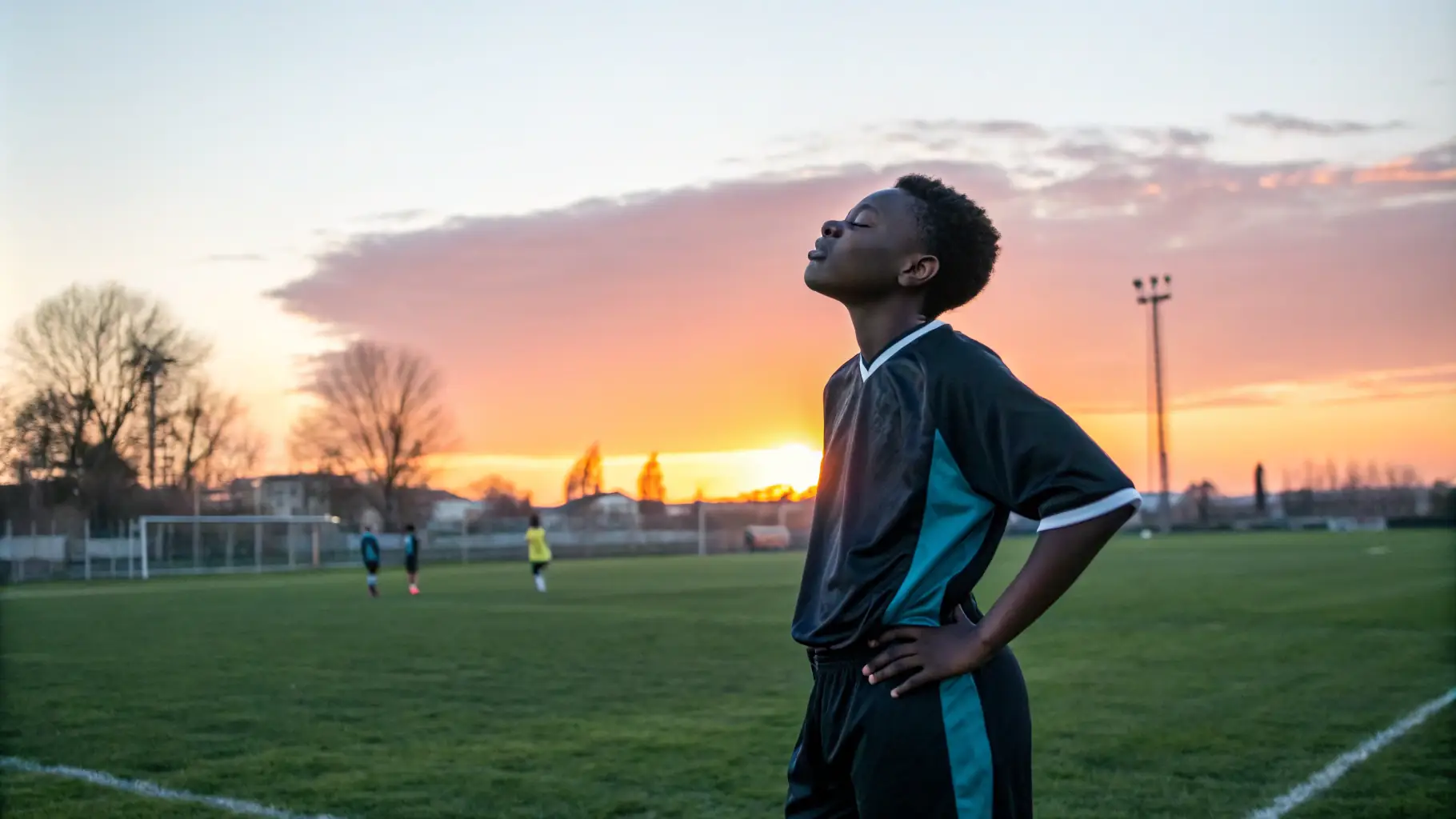Below is an original article written by Leo Tallarico in response to a new ideology on how we should approach coaching through a wholistic model applied from ideas based originally in the philosophy of medicine and healthcare.
In today’s high-pressure youth sports environment, where the American Academy of Pediatrics reports that 70% of children abandon athletics by age 13 due to the “professionalization of youth sports,” there exists a critical need to reimagine how we approach athletic development and performance coaching. By integrating the biopsychosocial spiritual model with peak performance coaching, we can create a framework that promotes true flourishing among young athletes, leading to sustainable success both in sports and life.
Understanding Flourishing in Athletic Development
Flourishing, as Tyler VanderWeele explains, literally means “to grow” or “to prosper,” representing health in its fullest sense. This concept extends far beyond mere physical performance or competitive success. VanderWeele’s flourishing index identifies six key domains: happiness and life satisfaction, physical and mental health, meaning and purpose, character and virtue, close social relationships, and financial and material security. When applied to athletic development, this multidimensional approach becomes particularly relevant.
Young athletes today face unprecedented pressures. Early sport specialization, intensifying competition, and result-oriented environments often create conditions that inhibit rather than promote flourishing. The challenge lies not merely in developing athletic skill, but in nurturing the whole person in a way that enables sustainable growth and fulfillment.
The Biopsychosocial Spiritual Model in Performance Coaching
The biopsychosocial spiritual model provides a comprehensive framework for understanding and promoting athletic development. This approach recognizes that peak performance emerges from the integration of multiple domains:
1. Biological: Physical training, skill development, and physiological optimization
2. Psychological: Mental skills, emotional regulation, and cognitive development
3. Social: Team dynamics, family relationships, and community support
4. Spiritual: Personal meaning, purpose, and transcendent goals
This model aligns perfectly with performance coaching’s ultimate aim: to help athletes reach their full potential not just as competitors, but as complete human beings. Just as Sulmasy argues that “illness disrupts all of the dimensions of relationship that constitute the patient as a human person,” performance limitations often stem from imbalances across multiple domains of an athlete’s life.
Implementing a Flourishing-Based Coaching Approach
Effective performance coaching must address all aspects of an athlete’s development through an incremental, holistic approach. This includes:
Mental Skills Development
– Building resilience and coping mechanisms for high-pressure situations
– Developing positive self-talk and confidence
– Creating effective goal-setting strategies
Family System Integration
– Improving parent-athlete communication
– Defining healthy boundaries between parental support and coaching
– Creating sustainable family dynamics around sports participation
Spiritual Growth
– Helping athletes find deeper meaning in their athletic journey
– Connecting performance goals with personal values
– Developing a sense of purpose beyond competition
Social Support Systems
– Building positive team dynamics
– Creating supportive peer relationships
– Developing mentor-mentee connections
The Role of Incrementalism in Athletic Development
As Atul Gawande notes, “Success is not about the episodic, momentary victories, though they do play a role. It is about the longer view of incremental steps that produce sustained progress.” This principle is particularly relevant in athletic development, where the pressure for immediate results often overshadows the importance of sustainable growth.
Performance coaching must embrace this incremental approach, recognizing that true flourishing emerges through consistent, balanced development across all domains. Quick fixes and short-term performance boosts may provide temporary relief, but lasting success requires patient, systematic development of the whole athlete.
Conclusion
By integrating the biopsychosocial spiritual model with peak performance coaching, we can create an environment that promotes true flourishing among young athletes. This approach recognizes that athletic excellence emerges not from pressure and specialization, but from balanced development across all domains of life.
The goal is not merely to produce better athletes, but to nurture individuals who can thrive both in and beyond their sport. Through this comprehensive approach to coaching, we can help young athletes develop the tools, mindset, and support systems necessary for sustained success and fulfillment.
As we face the continuing challenges of youth sports professionalization, this integrated approach to performance coaching offers a path forward. By focusing on flourishing rather than just performance, we can help restore the joy and developmental benefits of athletic participation while still supporting the pursuit of excellence.
Sources
- Balboni, T., Puchalski, C., & Peteet, J. (2014). Relationship Medicine, Spirituality, Religion: 3 Models for Integration. [Link not available]
- Gawande, A. (2017). The Heroism of Incremental Care. The New Yorker. Retrieved from https://www.newyorker.com/magazine/2017/01/23/the-heroism-of-incremental-care
- Sulmasy, D. P. (2002). Biopsychosocial-Spiritual Model for Care for Patients at End of Life. [Link not available]
- VanderWeele, T. J., McNeely, E., & Koh, H. K. (2019). Reimagining Health—Flourishing. JAMA, 321(17), 1667-1668. Retrieved from https://jamanetwork.com/journals/jama/fullarticle/2730087



